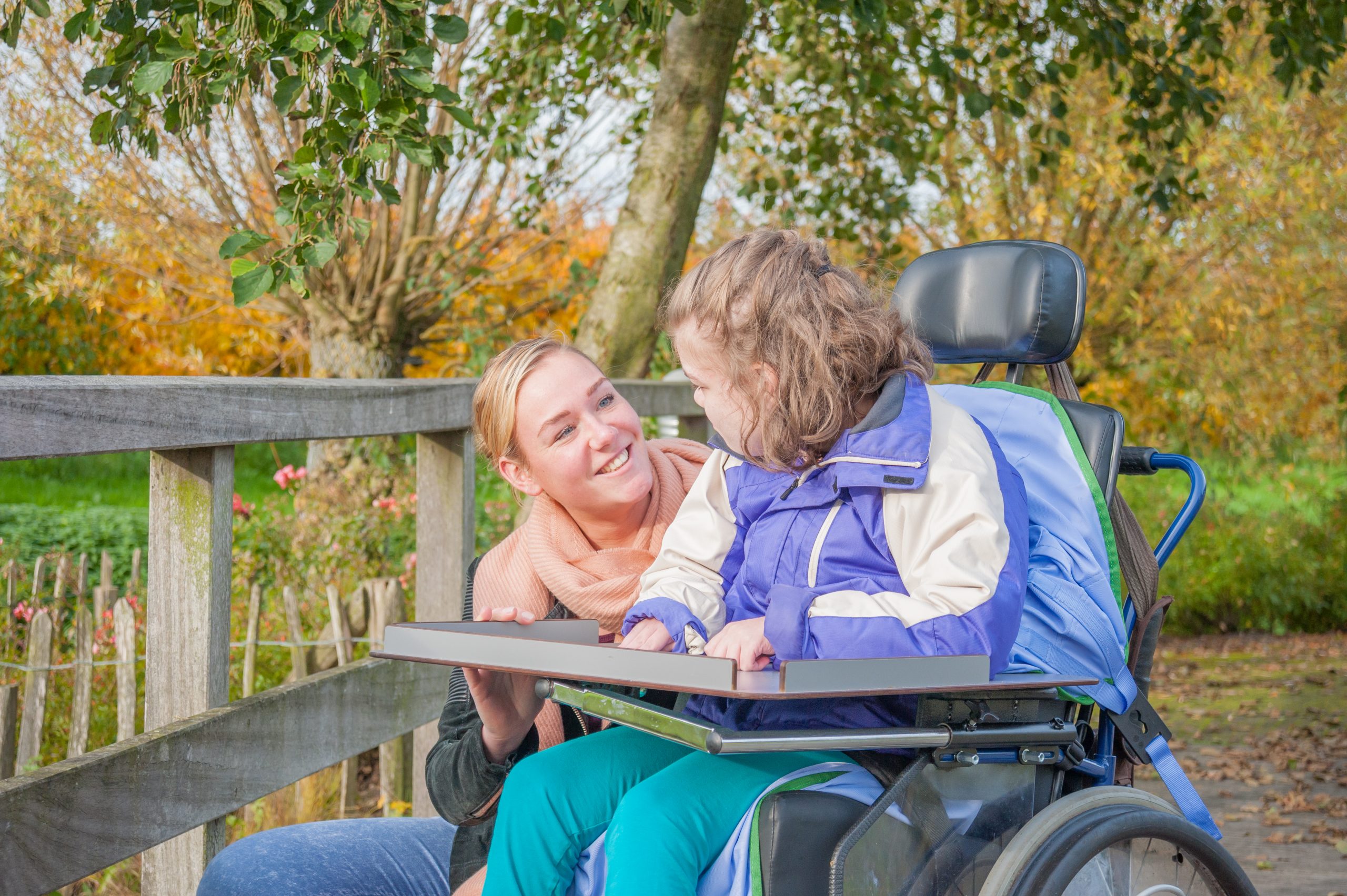On the 11th of May, the Australian Government published its response to the final report of the Royal Commission into Aged Care Quality and Safety. The government accepted 126 of the 148 recommendations and rejected six of the recommendations, including the independent aged care commission model.
We’ve looked at a number of the key recommendations throughout this series and we will now provide an overview of the government’s response to those recommendations.
Dementia and palliative care - Recommendation 80: Accepted
The government has flagged dementia and palliative care as something that it will begin to address immediately. Starting this year, the government will target improvements to the quality of dementia care, including increased support when a person is first diagnosed, improved connection between services and an increase in the number of care minutes provided to people in residential aged care. Some of the government’s targeted funding includes:
- $7.3 million to build dementia care capacity in residential aged care;
- $67.5 million for the Dementia Behaviour Management Advisory Service and the Severe Behaviour Response Teams to reduce use of restraints; and
- dementia training for an additional 1000 GPs and GP registrars per year.
The government’s review of the Aged Care Quality Standards will consider regulations that require:
- providers to ensure that staff are appropriately trained in dementia and palliative care; and
- that the Certificate III in Individual Support include units of study on dementia and palliative care.
For more information, see aged care – reforms to support people living with dementia and their carers.
Our previous blog post on dementia and palliative care outlines Recommendation 80.
Culturally safe service delivery – Recommendations 30 and 21: Accepted
The government has highlighted a number of initiatives targeting improved outcomes for the culturally safe delivery of services, including:
- by 2023, the establishment of a network of 500 local Community Care Finders to engage with vulnerable Australians and provide face-to-face assistance to help them access aged care and other health and social supports;
- increased funding for translating and interpreting services for diverse older Australians; and
- the introduction of a specialisations verification framework and audit process by June 2022, to ensure that providers have demonstrated their capability to provide specialised services for people with diverse backgrounds.
We expect the government will consider the priority issues contained in recommendation 21, including potentially making mandatory the Aged Care Diversity Framework and underlying Action Plans, as part of their review of the Aged Care Quality Standards, to be completed by December 2022.
For more information see: aged care – reforms to support people from diverse backgrounds
Our previous blog post on culturally safe delivery outlines Recommendation 30 and 21.
Aboriginal and Torres Strait Islander aged care – Recommendations 47, 48, 49, 50, 51: Accepted
The government will immediately begin addressing these recommendations, with the 2021-22 budget investing in targeted measures to improve the experience of Aboriginal and Torres Strait Islander people in aged care. In 2022, the government aims to establish a new workforce of 250 Indigenous people to provide face-to-face support for Aboriginal and Torres Strait Islander people to navigate and access care. Other reforms include upgrading existing buildings and constructing purpose-built residential facilities to connect people with communities on Country, improved access to translation and interpreting services and assistance to Indigenous organisations with governance, business training and leadership.
For more information see: aged care – reforms to support Aboriginal and Torres Strait Islander people and governance – more equitable access to aged care for First Nations people and special needs groups
Our previous blog post on Aboriginal and Torres Strait Islander care outlines Recommendations 47, 48, 49, 50 and 51.
Protection for whistleblowers – Recommendation 99: Accepted
The government has accepted this recommendation and referenced the new Aged Care Legislation Amendment (Serious Incident Response Scheme and Other Measures) Act 2021 which creates protections for providers, staff members, volunteers, family members, carers or representatives who make disclosures of information relating to reportable incidents. These changes came into effect on 1 April 2021.
Our previous blog post on whistleblowers outlines Recommendation 99.
New governance standard – Recommendation 90: Accepted
The government has outlined that it will introduce measures to strengthen the accountability of aged care providers including:
- new governance obligations from 2022 requiring improvements to the composition and accountability of aged care boards;
- a review of the Aged Care Quality Standards, focusing on areas of governance, dementia and food and nutrition (scheduled to be introduced in 2023); and
- the appointment of an assistant commissioner for Sector Capability and Education to the Aged Care Quality and Safety Commission.
For more info see: governance – strengthening provider governance and governance – a new Aged Care Act
Our previous blog post on a new governance standard outlines Recommendation 90.
Restraints – Recommendations 17 and 65: Accepted
The government has indicated that strengthened legislative provisions to regulate restraints will commence from 1 July 2021. This will include clearer regulations on the use of restraint, clearer definitions of restraint and ensuring that restraint is only used as a last resort following deployment of alternative behaviour management strategies. The government has also indicated that it will appoint a Senior Practitioner to the Aged Care Quality and Safety Commission to lead education of aged care providers and General Practitioners in the use of restraints.
Additionally the government highlighted that the ACQSC, the Australian Commission on Safety and Quality in Health Care and the NDIS Quality and Safeguarding Commission are collaborating to align regulatory approaches to the use of restraints.
Our previous blog post on restraints outlines Recommendations 17 and 65.
Other areas of significance
Serious Incident Response Scheme (SIRS)
The government has outlined that $14 million will be spent on expanding the SIRS from residential aged care into home and community care from 1 July 2022. The government has also highlighted that dementia specialists will provide further training to representatives from all aged care providers on preventing the use of restraint.
Mandatory care time standards and reporting
From July 2021, providers will be required to report on care staffing minutes at the facility level as part of their annual reporting. From July 2022, providers will also be required to provide a monthly care statement to residents, outlining the care they have received and any significant changes. From December 2022, this information will inform a staffing star rating allowing clients to compare staffing levels between homes. The government is forecasting that by October 2023, providers will be required to meet a mandatory care time standard of 200 minutes per day for each resident.
Expanding the National Mandatory Quality Indicator Program
By July 2021, two new quality indicators relating to falls and fractures and medication management will be introduced alongside the existing domains of pressure injuries, physical restraint and unplanned weight loss. Additional quality indicators including indicators around quality of life in residential aged care and home care will be introduced by the end of 2022.
Subject to further consideration…
The news of the $18 billion to be invested in the aged care system has been welcomed by the sector, however there remain some significant areas that have been flagged by the government as subject to further consideration, or that have not been addressed in the government’s response:
- the recommendation to increase supports to older people with disability to the equivalent level as a participant under the NDIS would receive;
- a mandatory minimum qualification for personal care workers; and
- the recommendation that by July 2024 the minimum staff standard should require at least one registered nurse on site at a residential aged care facility at all times.
It seems that the government will take a more moderate pathway to addressing these issues, or that it will consider the issues further before deciding to act.
We will be monitoring the changes closely and will be developing resources and tools to assist providers to meet any additional obligations under the changes.
Make sure to get in touch if you have any requests around resources, templates or self-assessments to assist you to meet your requirements.
Sign up for a free trial
You can access all of our aged care resources in the SPP platform.






